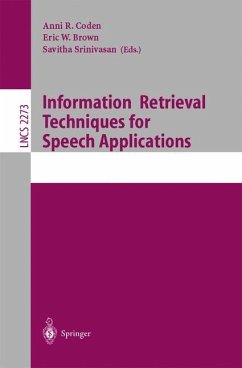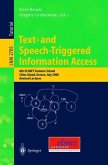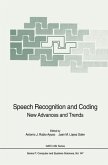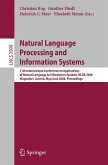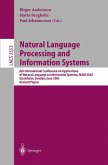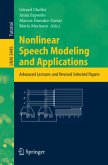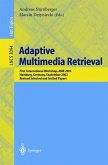This volume is based on a workshop held on September 13, 2001 in New Orleans, LA, USA as part of the24thAnnualInternationalACMSIGIRConferenceon ResearchandDevelopmentinInformationRetrieval.Thetitleoftheworkshop was: "Information Retrieval Techniques for Speech Applications." Interestinspeechapplicationsdatesbackanumberofdecades.However, it is only in the last few years that automatic speech recognition has left the con?nes of the basic research lab and become a viable commercial application. Speech recognition technology has now matured to the point where speech can be used to interact with automated phone systems, control computer programs, andevencreatememosanddocuments.Movingbeyondcomputercontroland dictation, speech recognition has the potential to dramatically change the way we create,capture,andstoreknowledge.Advancesinspeechrecognitiontechnology combined with ever decreasing storage costs and processors that double in power every eighteen months have set the stage for a whole new era of applications that treat speech in the same way that we currently treat text. The goal of this workshop was to explore the technical issues involved in a- lying information retrieval and text analysis technologies in the new application domainsenabledbyautomaticspeechrecognition.Thesepossibilitiesbringwith themanumberofissues,questions,andproblems.Speech-baseduserinterfaces create di?erent expectations for the end user, which in turn places di?erent - mands on the back-end systems that must interact with the user and interpret theuser'scommands.Speechrecognitionwillneverbeperfect,soanalyses- plied to the resulting transcripts must be robust in the face of recognition errors. The ability to capture speech and apply speech recognition on smaller, more - werful, pervasivedevices suggests that text analysis and mining technologies can be applied in new domains never before considered.
Hinweis: Dieser Artikel kann nur an eine deutsche Lieferadresse ausgeliefert werden.
Hinweis: Dieser Artikel kann nur an eine deutsche Lieferadresse ausgeliefert werden.

